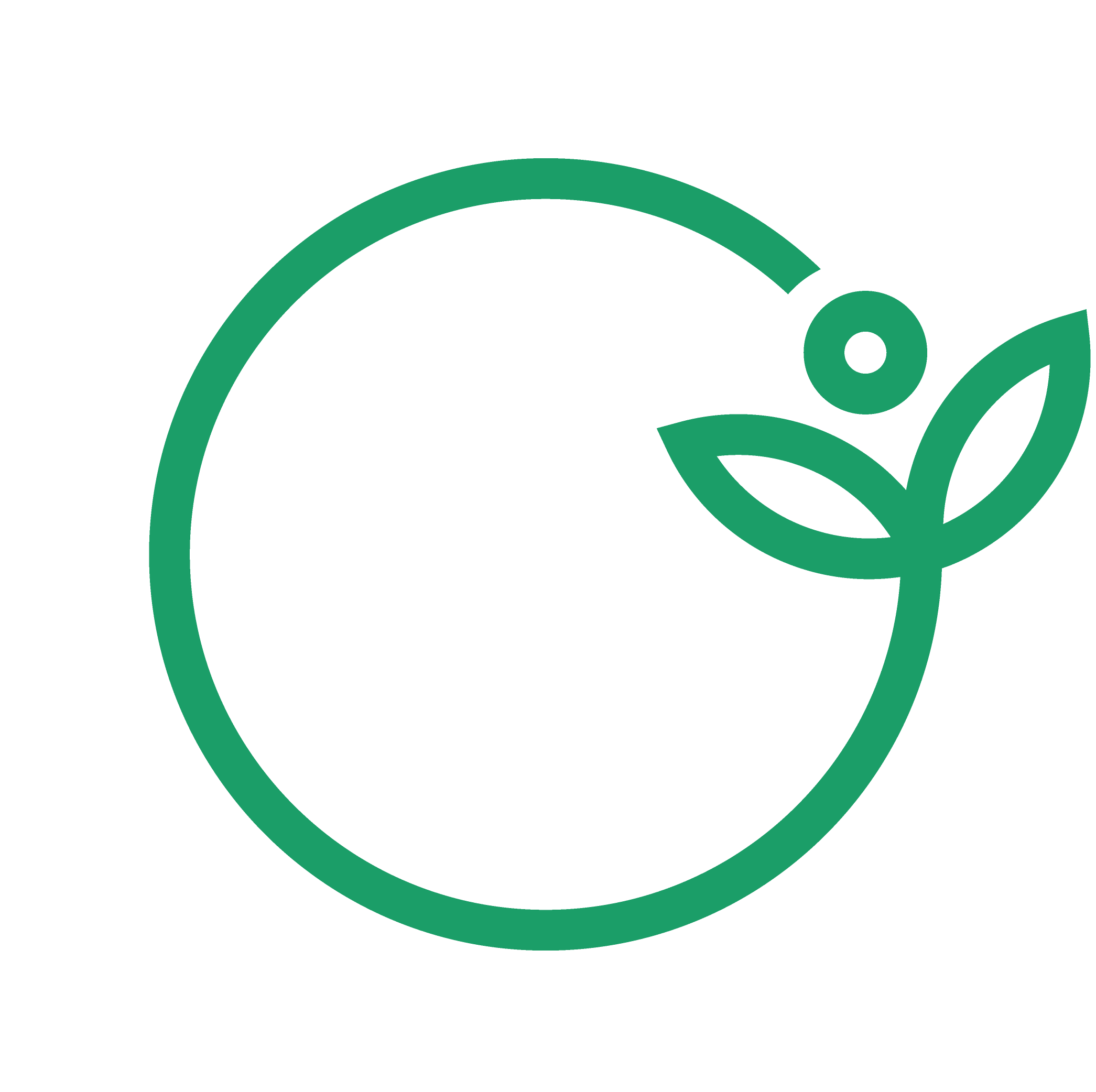The textile industry is one of the oldest industries in India. Over the years, this industry has undergone many changes, experiencing both highs and lows. However, one of the lowest points came during the colonial era, when the British with the advent of industrialization destroyed the traditional art and livelihood of many skilled thread workers and designers commonly known as “kaarigars”. As a result, several world-famous handloom cottage industries were destroyed forever. Despite these setbacks, India made efforts to revive its cultural and traditional practices after gaining independence.
Today, India has emerged as the world's second-largest producer of textiles. The country's abundant availability of raw materials like cotton, wool, silk, and jute, combined with a skilled workforce, has made it a leading sourcing hub for textiles globally. The industry employs over 45 million people directly, and there are opportunities for further inclusion and technological advancements.
The fast fashion industry of today faces many problematic challenges, a few of them being:
- Low wages and terrible conditions for workers
- More clothing produced equals more waste generated
- Producing clothes uses a lot of natural resources and creates greenhouse gas emissions
What's the environmental impact of fast fashion?
Overall, the fashion industry is responsible for 8-10% of global emissions, according to the UN - more than aviation and shipping combined. And global clothes sales could increase by up to 65% by 2030, the World Bank suggests.
Most of fashion's environmental impact comes from the use of raw materials:
- cotton for the fashion industry uses about 2.5% of the world's farmland
- synthetic materials like polyester require an estimated 342 million barrels of oil every year
- clothes production processes such as dyeing require 43 million tonnes of chemicals a year
- fashion is the world’s second-highest water-consumer industry after agriculture, consuming around 79 billion cubic meters of water per year2
After plastic and paper, textiles are the third-largest source of waste in many Indian states. Interestingly, a significant portion of textiles uses polyester, a fossil fuel-based polymer, that actually adds to plastic pollution. Clothing has far lower recycling rates than other materials like paper, glass, or even plastic. This has to do with the short-fibre fabrics that are used; these are cheaper and thinner and cannot be rewoven into new fabrics. Most clothes we buy today are also blends of one or more types of fabrics, natural or man-made. Blended fabrics with multi-yarn compositions are harder to recycle than mono-material clothes.
In certain countries, policymakers and practitioners are adopting extended producer responsibility policy (EPR) to meet sustainability targets. This policy requires producers to cover the costs associated with collecting, treating, and recycling their end-of-life products. There is an opportunity for the government to get the fashion industry to be more responsible about the waste their products end up producing, post use by implementing Extended Producer Responsibility (EPR) rules just like plastic, batteries, tyres, etc. This will first increase the collection of discarded apparel as a separate stream, and the availability of waste will increase investment in recycling technologies and capacities. Despite being prevalent in other industries, the textile sector has generally not implemented EPR policies.
However, France established a legal framework for managing textile waste through EPR policy in 2007, making textile producers responsible for collecting and recycling end-of-use clothing, linen, and shoes. Other countries could follow France's lead by implementing EPR policies to manage post-consumer textiles. Without such measures and robust enforcement mechanisms, producer accountability for waste management may continue to be neglected.
Looking at Textile Waste Management
Textile waste can be classified as either pre-consumer or post-consumer.
- Pre-Consumer Textile Waste: This waste is generated during the manufacturing process like weaving, cutting, or stitching. The waste also consists of by-products of textile, yarn, fabric, or garment production and the one which is generated in the textile supply chain prior to reaching the consumers.
- Post Consumer Textile Waste: This waste is a household article or a garment that the owner does not require anymore and has decided to discard. Out-of-fashion and damaged clothes fit the bill in this category. Most of this waste is generated at a household level. The Indian Textile Journal reports that more than 1 million tons of textiles are thrown away each year, with household sources contributing the most significant share. Textiles comprise approximately 3% of household waste by weight.
India is a major player in the fashion industry, with large production, employment, and consumption rates. However, it is also the second largest importer of post-consumer waste, with most of the recycling being done in Panipat in the Indian state of Haryana. The shoddy (3) industry of Panipat which is also known as the global textile recycling capital is perhaps one of the most effective, successful, and comparatively old industrial textile recycling practices in India, which recycle approximately 1,44,000 tonnes of SHC (Second Hand Clothing) discarded by many developed nations every year. Imported textile waste is mostly excess, unsold inventory and recyclers prefer that to post-consumer waste due to its homogeneity and very little contamination.
However, there is no formal infrastructure for end-of-life textile collection or sorting, resulting in 80% of textile waste ending up in landfills, polluting the environment and emitting toxic gases. Additionally, approximately 1.5-4 million waste workers, predominantly women from lower-caste marginalised groups, collect, repair, and resell used clothing at a rate of Rs 100- Rs 300. Despite the scale of the problem, turning textile waste into a valuable resource could have a significant impact on the job market. Research suggests that for every 1,000 tons of textile waste handled, twenty decent jobs can be created, with each ton of re-used fibre generating an additional seven jobs (4). This presents a massive opportunity to address India's textile waste problem while simultaneously creating a whole new job market for waste workers.
In conclusion, the textile industry in India has a rich history and has come a long way, from being destroyed during the colonial era to emerging as one of the world's largest producers of textiles. However, the fast fashion industry has brought with it a whole new set of challenges, including low wages and terrible working conditions for workers, and massive amounts of textile waste. India needs to focus on developing a formal infrastructure for end-of-life textile collection and sorting to address the textile waste problem and create a new job market for waste workers. There is a significant opportunity to turn textile waste into a valuable resource while simultaneously addressing environmental concerns and creating new job opportunities. At HDI, we are always looking at the various avenues to innovate for waste management and closing the loop with our inclusive circularity approach to our work.
References:
https://unece.org/forestry/press/un-alliance-aims-put-fashion-path-sustainability
https://www.worldbank.org/en/news/feature/2019/09/23/costo-moda-medio-ambiente
1 inexpensive clothing produced rapidly by mass-market retailers in response to the latest trends
2 How The Fashion Industry Is Using And Abusing Our Water (refinery29.com)
3 shoddy” was originally a non-pejorative word for reclaimed fibre
4 30 lessons learned about post-consumer textile waste in India - reweave (enviu.org)


